Our wine columnist Giles Luckett explores the best wines from South Africa worth trying
Hello. This article was inspired by a recent South African wine tasting, one that turned out to be a simultaneous trip down memory lane and a voyage of discovery (if that doesn’t win Mixed Metaphor of the Year, nothing will!).
This vast county has 30 diverse wine districts and 60 Wine of Origin (WO) designations, boasts a mix of microclimates and soils to enable it to grow pretty much every grape variety brilliantly. They’ve also been making wine since the 1650s, so they have had plenty of time to perfect their art.
I became a fan of South African wines in my student days, as they offered affordability and drinkability in equal measure. Three decades in the wine trade has burnished my love of the country’s wines and allowed me to try everything from mighty Cabernet Sauvignons that aren’t so much dry as desiccated to that well-known heart condition treatment (well, well-known to Jane Austen) the luscious Klein Constantia. Such long experience meant I attended the tasting expecting great wines but no surprises. What I encountered came as something of a shock…
Alongside the usual cavalcade of world-class Cabernet Sauvignons (the Vergelegen Reserve Cabernet Sauvignon, Stellenbosch 2017 (Wine Society £16) was in marvellous form, so full, so refined, and typical of this wonderful vintage), cool climate Chardonnays (Journeys End Winemakers Chardonnay) (Laithwaites £14.99), and native grape classics such as the Beaumont Family Pinotage, Bot River, Walker Bay 2018 Pinotage (the Wine Society £18) was a line-up of newbies the like of which I didn’t know existed. Luscious, fruit-bomb Viogniers like the Mount Rozier Estate Queen Bee Viognier 2022 (Laithwaites £12.99), a previously unseen Tempranillo, from Mellasat Vineyards (Brompton Wines £20.9%) which took this Riojan classic and gave it even more oomph and even an orange wine. Well, no one’s perfect.
(Another) South African Wine Revolution
I’d read that South African wine had undergone one of its periodic reinventions in the past few years, but I didn’t appreciate how significant this one was. On the evidence of this extensive tasting, this is as significant a change as they moved away from making South Africian ‘port’ and ‘sherry’ and moved into table wines.
What is the revolution this time? Well, in essence, it’s about working with nature. It’s about aligning the right grapes, exploration of sites, and using the right grapes and the right production methods to give wines that are authentic, and which convey a ‘taste of place.’ The rationale behind this move varies hugely, but what is universal is the exceptional quality of the wines being produced, as the following highlights show.
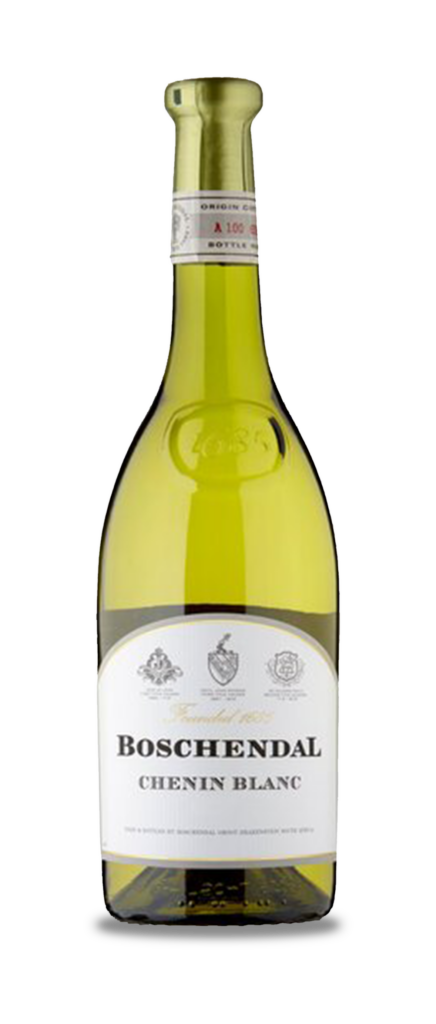
Boschendale Chenin (Tesco £9) is about as traditional as South African wine gets. Chenin, or Steen as it’s known here, is planted all over the country as it used to be used for fortified wines. These days it’s mainly used to produce crisp, apple, and melon flavoured wines, the best of which, such as Boschendale’s, have a shot of citrus, honey, and minerals giving them complexity.
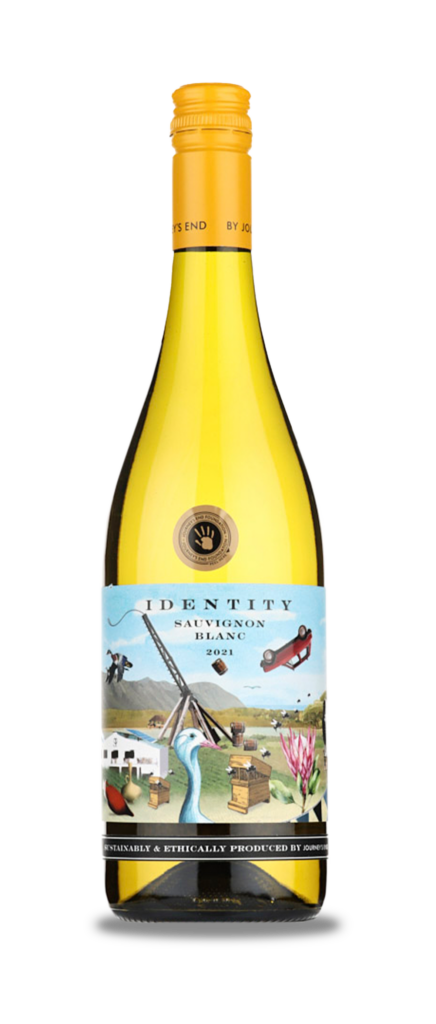
South African Sauvignon Blanc isn’t a wine I’m that familiar with. Like many of my generation, I was introduced to Sauvignon by the thrillingly fruit-driven gooseberry and green pepper wines of New Zealand in the late 1980s. After a year or so of drinking this style, the thrill wore off, and I’ve avoided New World Sauvignon ever since. It seems I’ve been missing out, however, as when I tasted the Journey’s End Identity Sauvignon (£9 Sainsbury’s), I found a wine of subtlety and class. The notes of gooseberries, rhubarb, and peppers are still there, but the volume’s been turned down, and peachy, yellow plum notes have fleshed it out, making for a jolly, food-friendly glassful.
Kleine Zalze is another South African winery whose wines I’ve always enjoyed. Hailing from the prestigious Stellenbosch region, their Vineyard Selection Chenin (Vinum £13.10) is a serious, grown-up wine. Oak-aged, there’s a creaminess to this wine that compliments the rich peach, guava, and apricot tones before a fresh, firm acidity pulls everything together. This would be brilliant with lemon roast chicken or mushroom risotto.
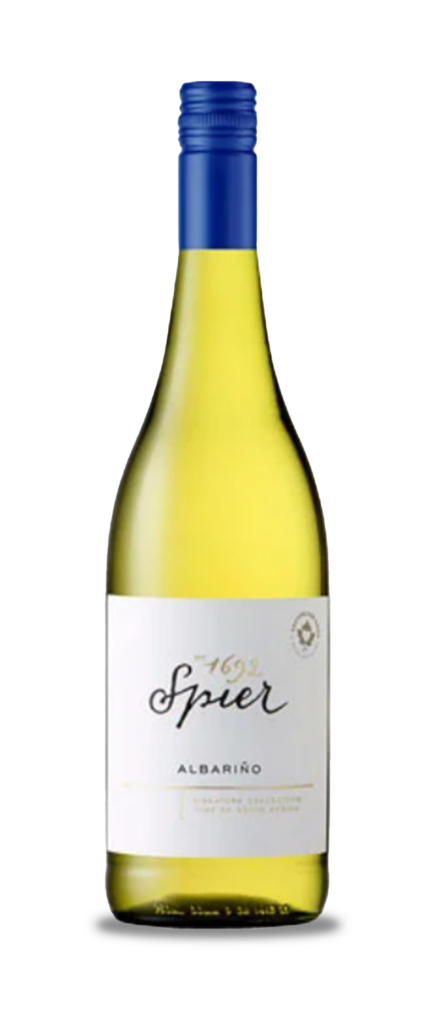
Spier is one of South Africa’s oldest wineries, and yet they produce one of its newest and rarest wines. Albarino is a grape most commonly associated with Spain, where it produces some of the country’s greatest whites. Ranging in style from the dry and crisp to the very dry and very crisp, it’s a wine I’ve always liked. The Spier Albarino (Majestic £9.99) has all the citrus you’d expect, but with its full, glycerine-rich body, it has softer, fatter notes of baked apple and pear that make it eminently drinkable.
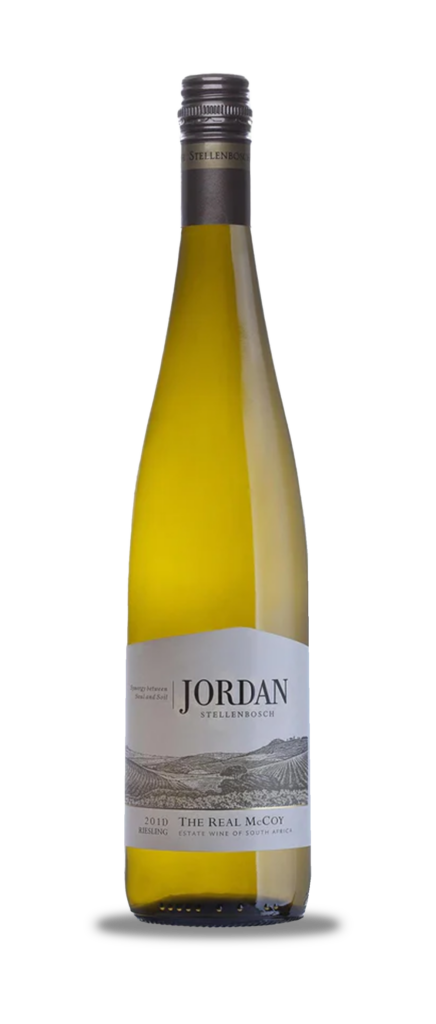
I’ll leave the whites with Jordan Wines’ The Real McCoy Riesling 2022. Like Pinot Noir, Riesling seems to be a grape that every nation wants to do well. The quality of the grape is such that everyone wants to create ones that can rival the French and German versions. Jordan has done pretty good job, if you ask me. While this is very much a South African wine, the lovely floral, apple and honey nose, taut, crisp, green and white berry saturated palate and cleansing, mineral-laden acidity make for a compelling Riesling. I plan to try this with a stir fry, but as a solo sipper, it’s a pearl.
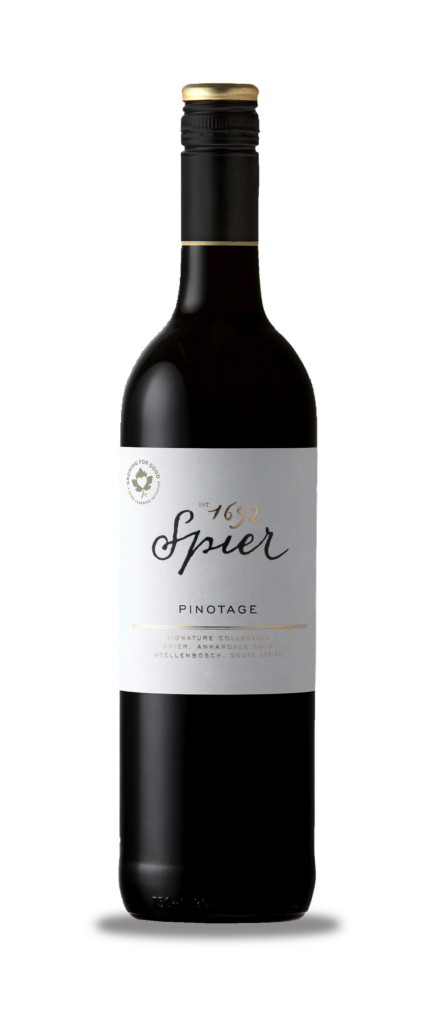
Pinotage is South Africa’s signature grape. Created in 1925 by crossing the noble Pinot Noir and commoner Cinsault (at the time, the Pinot wasn’t so much cross as flaming furious), the idea was to give a noble vine with good heat resistance. It’s a vine capable of great things in the right hands (and utterly forgettable dross in the wrong hands), as the Spier Pinotage shows. Mid-red, the nose is an inviting mix of crushed red berries, warm spices, cherries, and earth. These impressions flow onto the palate where the amble, yet rounded, tannins give it structure, and a hint of mint adds freshness. A great BBQ wine, should the sun ever shine.
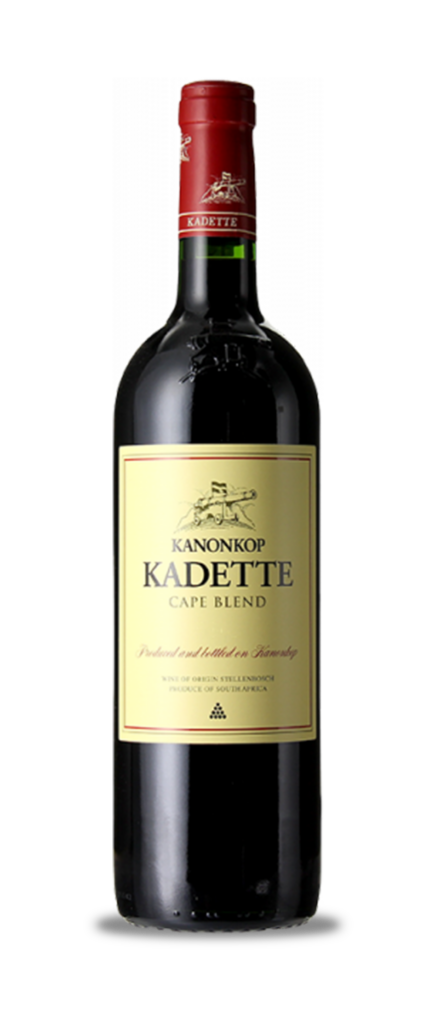
Blends have always worked well in South Africa. Some of my earliest memories of South African wine are of tasting the likes of Simonsig and Meerlust’s mighty Rubicon. Having such a wealth of grapes to call upon, it’s easy to see why they are popular. One I caught up with at the tasting was Kanonkop’s Kadette (Tesco £12), the entry-level wine from the superb Kanonkop estate. Blending Pinotage, Cabernet Sauvignon, Merlot, and Cabernet Franc, this is an inky dark, brooding, spicy, and super-ripe wine that doesn’t so much caress your palate as give it a cuddle and offer it a blanket. If you like big, rich, spicy, and intense wines, this is a great choice.
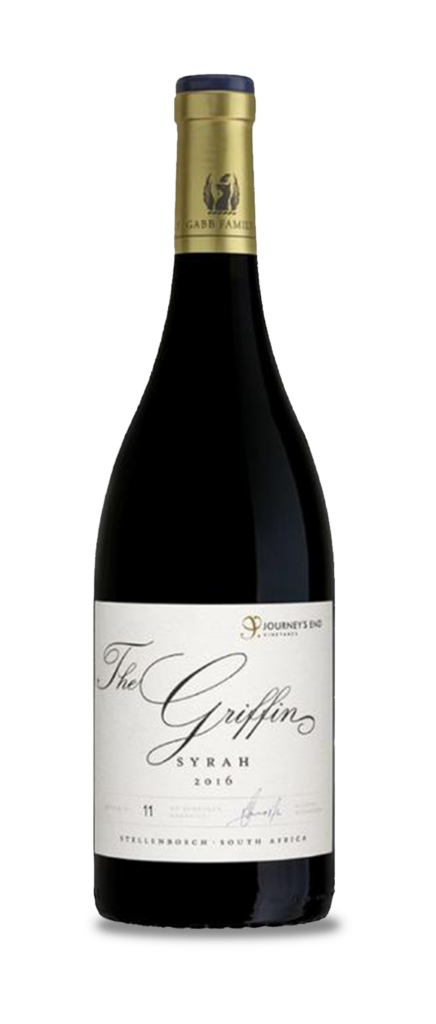
Syrah, one of the great grapes of the Rhone Valley, is another variety you rarely see adorning South African wine labels. So when I saw the Griffin Syrah (£20 Ocado), I was intrigued. I tasted the 2016, and the bottle aging had clearly helped it. Young Syrah can be a handful, closed, tannic, brooding, and acidic. This was deep, mellow, and open. It offered a huge weight of plum, black cherry, and bramble fruit alongside signature notes of herbs, white pepper, and raspberries. Drinking well now, it has time on its side and would be fantastic with roasted red meats or hard cheeses.
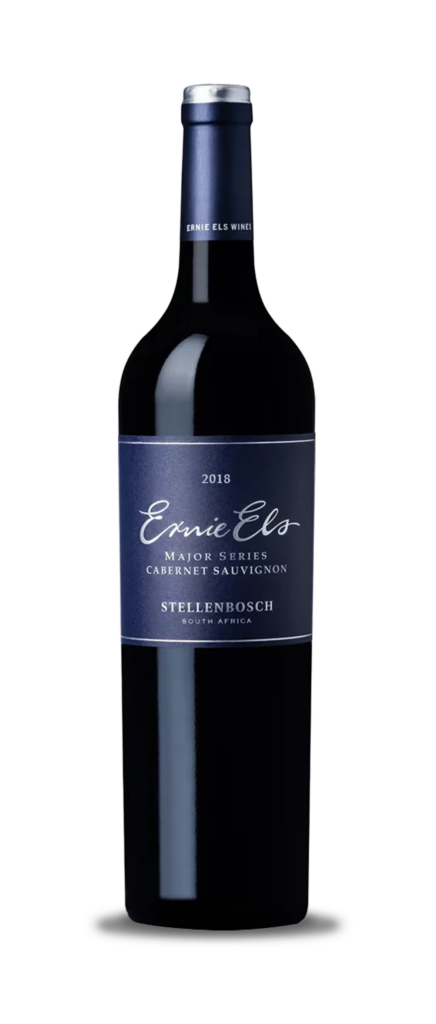
I couldn’t write a piece on South African wine and not mention a Cabernet Sauvignon. This noblest of vines seems to like South Africa and consistently produces world-class wines that are as good as they are affordable. I reviewed the Major Series Cabernet Sauvignon 2016 by Ernie Els Wines last year, and it was outstanding. This time out, I looked at the 2017, which, if anything, was even better. Very dark with only a glimmer of crimson at the rim, the nose offered an intensely concentrated mix of cassis, green peppers, mint, cherries, and smoke. In the mouth, it was powerful yet elegant. Fresh blackcurrants take centre stage, but there’s excellent support from black cherries, chocolate, spicy vanilla, and a shot of cranberry acidity. A delicious wine, I’d give it plenty of time open before drinking.
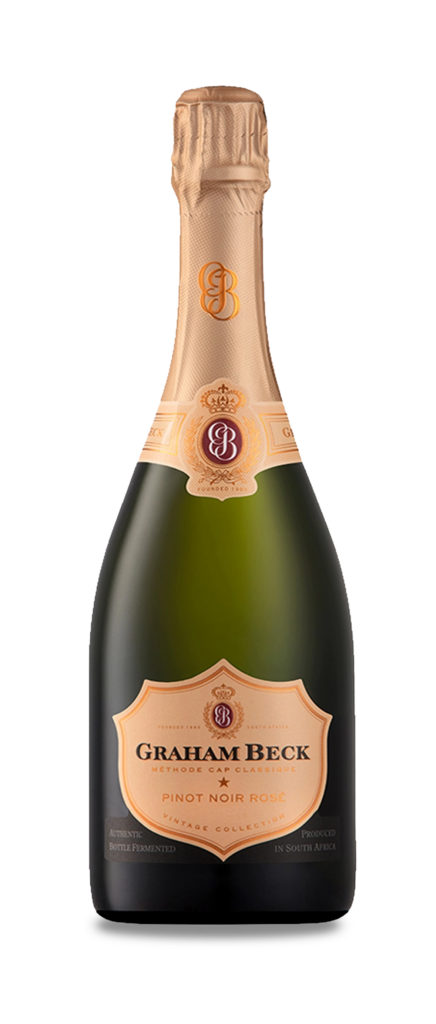
I’ll finish this piece as I finished the tasting with a fizz. I’ve tasted the Graham Beck Pinot Noir Rosé (Majestic £16.99) around a dozen times in the past year, and my notes have been consistent in their praise. While I love all of Beck’s sparkling wines, the Pinot Noir Rosé is on a different level. Sweetly toned strawberries and raspberries mingle with softer flavours of brioche, black fig, creamy yeast, and a hint of saline. This will undoubtedly be our summer fizz, and with its weight and freshness, it will partner all kinds of food admirably well.
I hope this whistle-stop tour will prompt you to explore South Africa’s great wine treasury. Next time out, I’m heading back down under for some splendid summer sippers.
More soon…!
Giles
















Comments